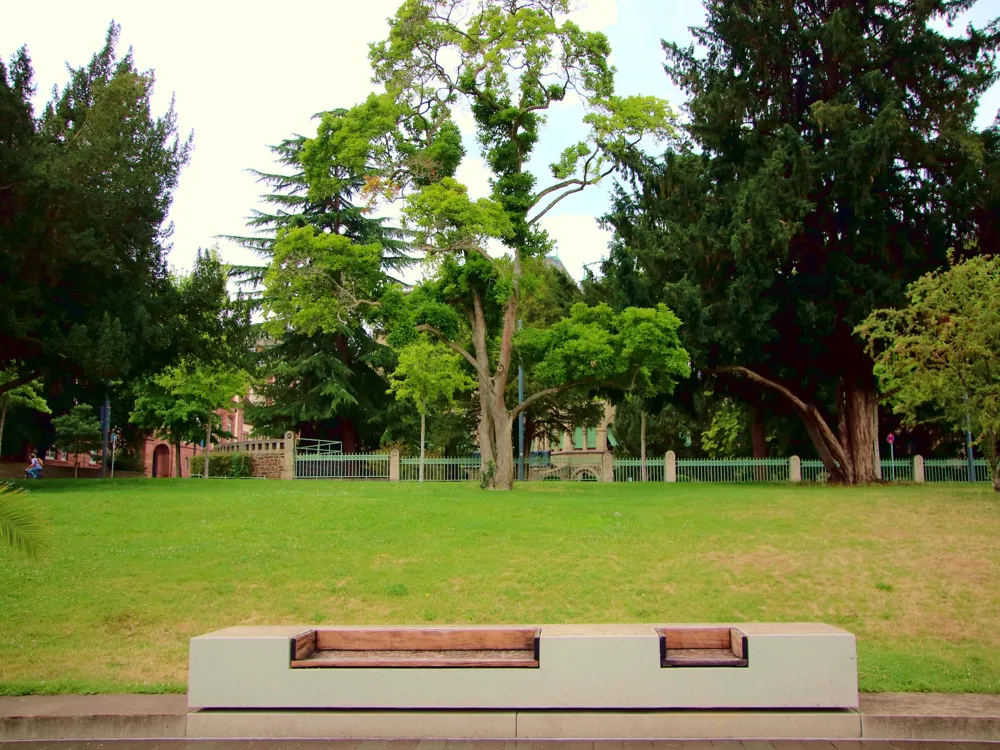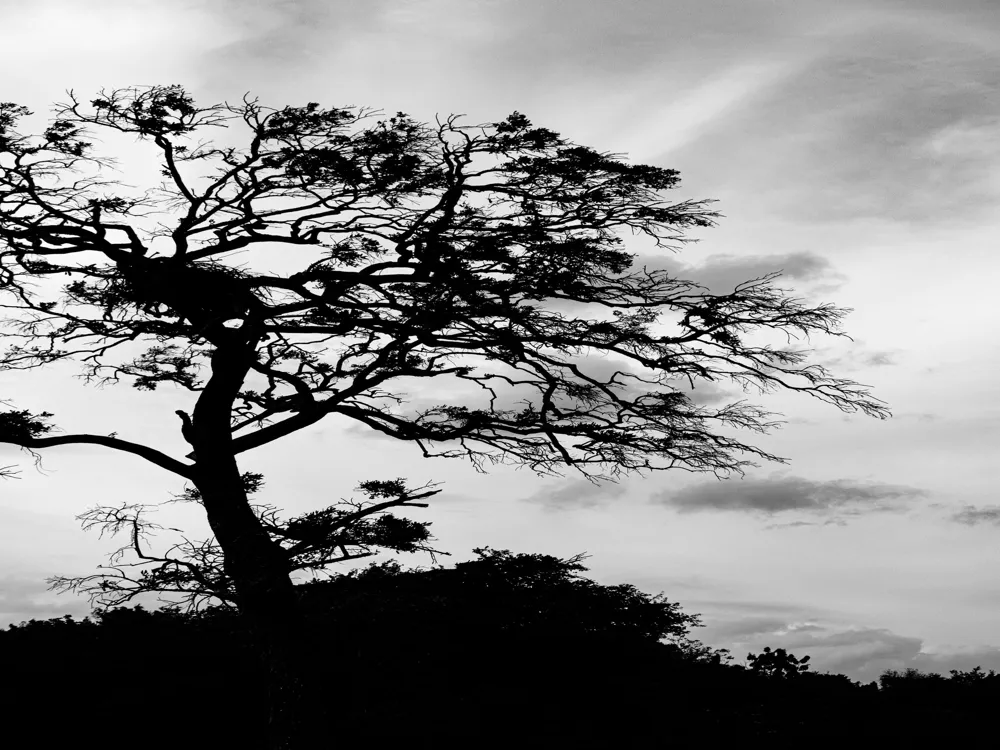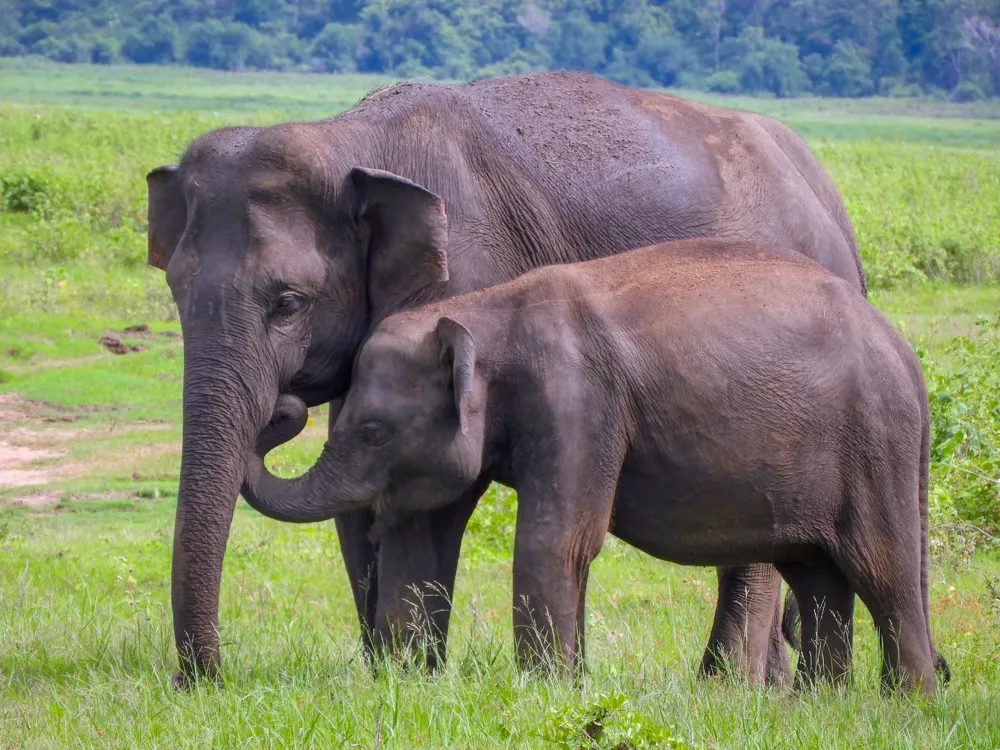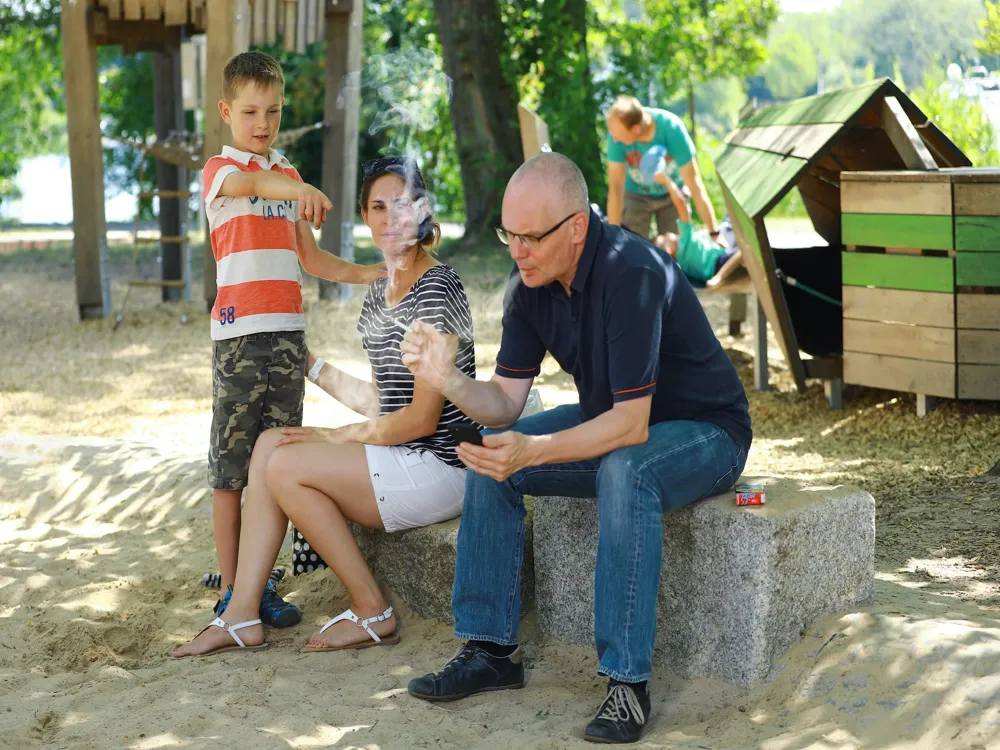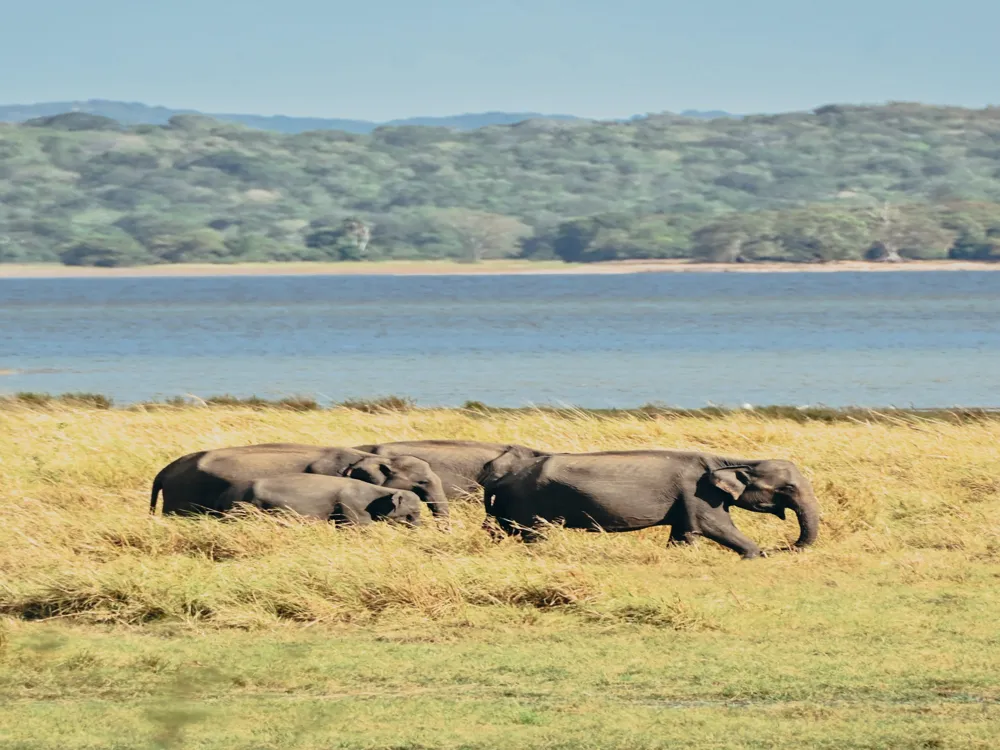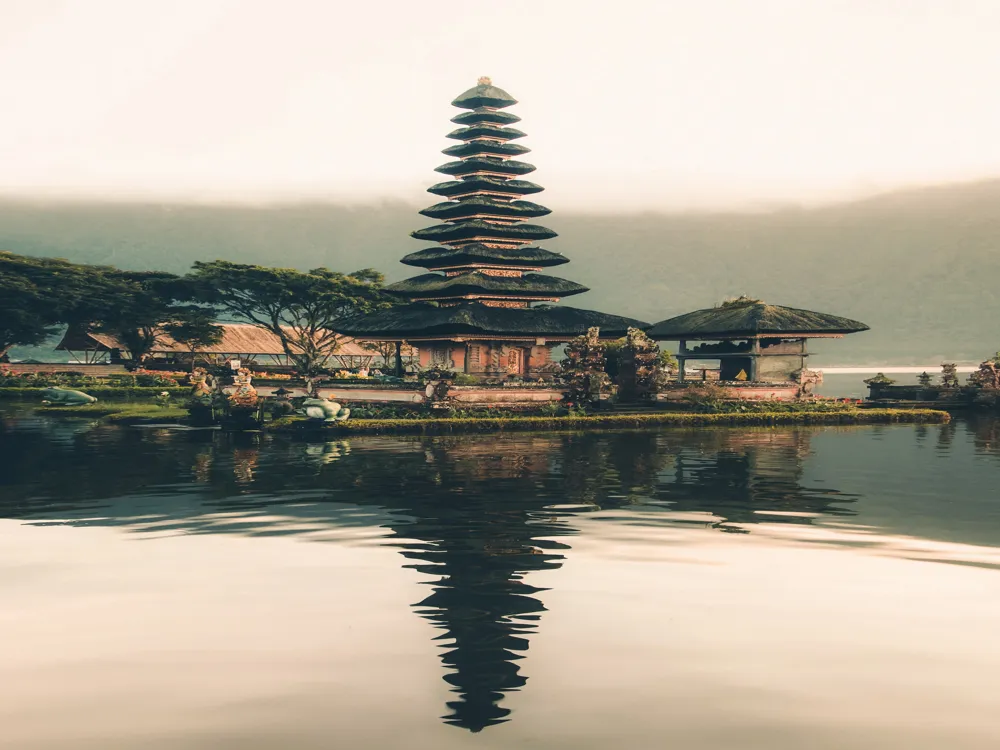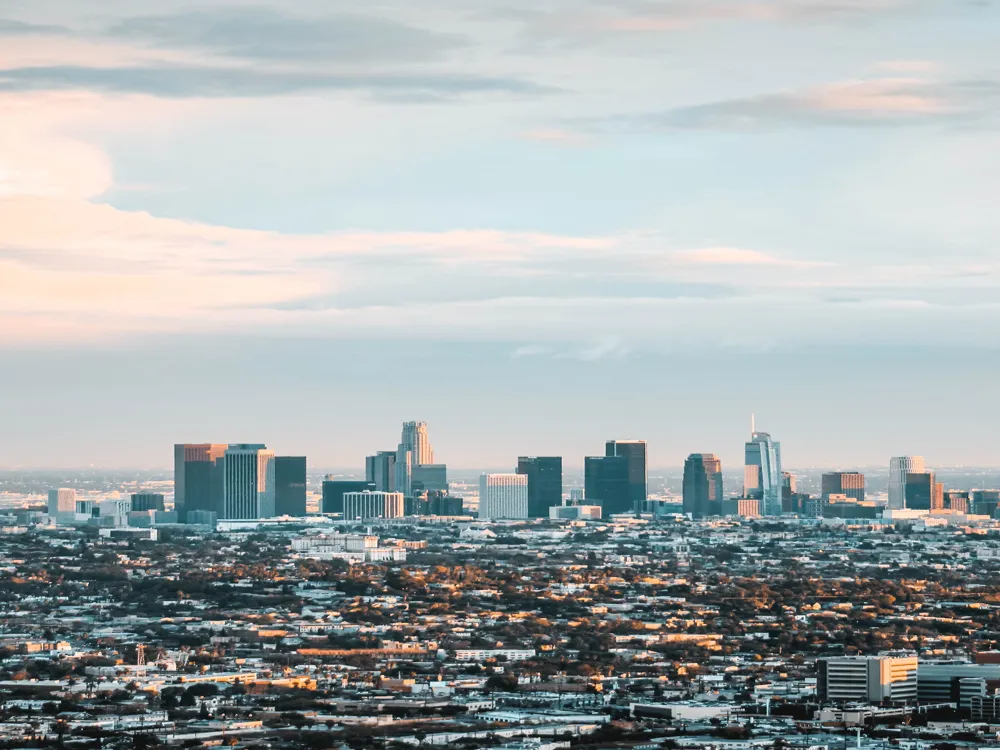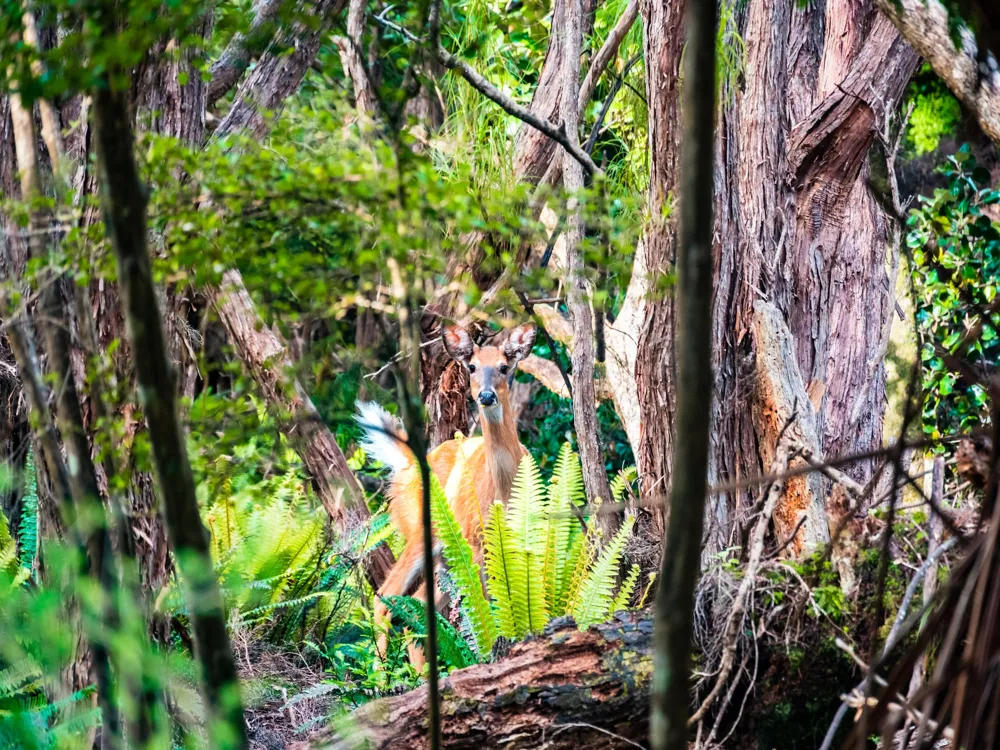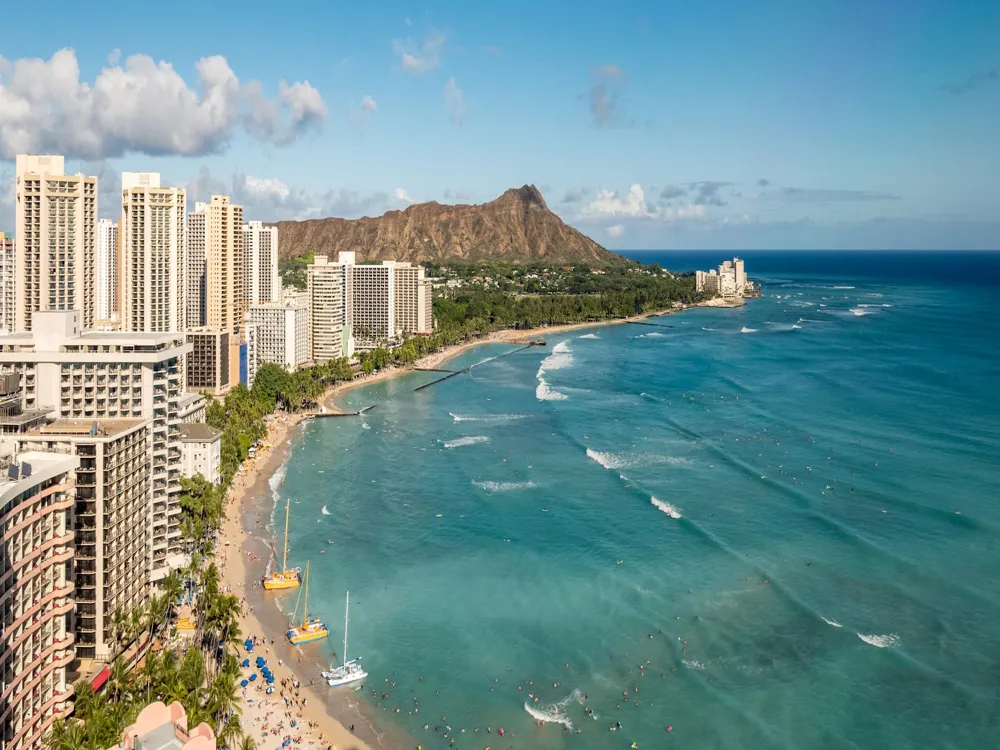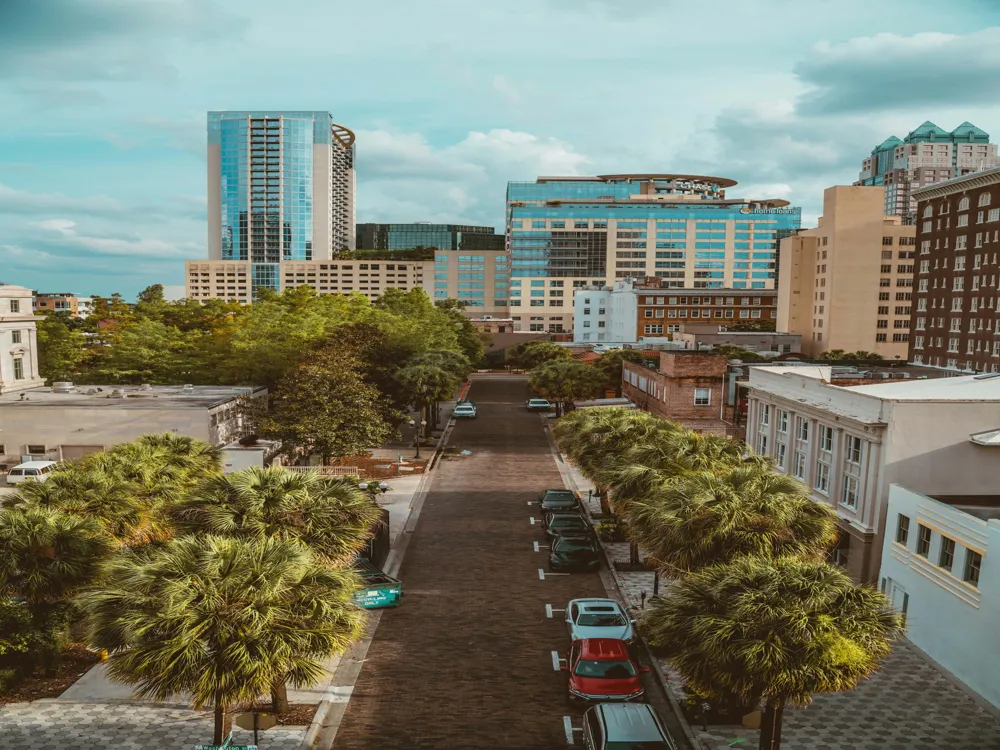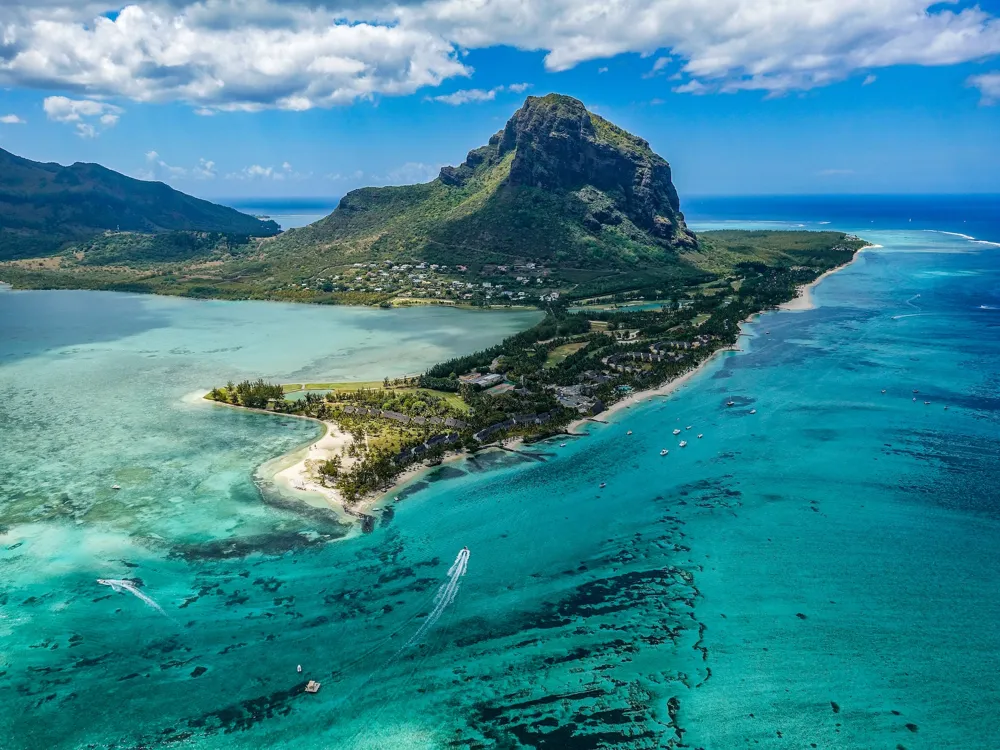Best Time to Visit Kaudulla National Park
Sri Lanka
Get Kaudulla National Park PDF Guide 31 out of 66 Places to visit in Sri LankaNaN onwards View Packages
Get Customized PackagesThe Land of Diversity
Top Hotel Collections

Private Pool

Luxury Hotels

5-Star Hotels

Pet Friendly
What is the Best Time to Visit Kaudulla National Park?
Kaudulla National Park is a pristine haven for wildlife enthusiasts, offering a captivating blend of diverse flora and fauna. Choosing the right time to visit can significantly enhance your experience. The best time to explore Kaudulla National Park is during the dry season, spanning from June to September. This period ensures optimal visibility and accessibility to the park's key attractions.
More about the Best Time to Travel to Kaudulla National Park
Travel Peak Season in Kaudulla National Park
The peak season in Kaudulla National Park occurs during the dry months of July and August. During this time, the park flourishes with lush greenery and hosts a remarkable concentration of wildlife. The crisp, dry weather facilitates excellent visibility, allowing visitors to witness the majestic elephants, a highlight of Kaudulla, in their natural habitat.
Travel Offseason in Kaudulla National Park
Contrary to popular belief, the offseason in Kaudulla National Park, from October to February, unveils its own unique charm. Though the occasional rain showers may occur, the park transforms into a serene landscape, offering a more intimate wildlife encounter. The lush vegetation during this period provides an ideal setting for birdwatchers, as migratory birds make their temporary residence.
Kaudulla National Park Travel Packages
View All Packages For Kaudulla National Park
Kaudulla National Park in Shoulder Season
The shoulder season, spanning from March to May, acts as a delightful compromise between the peak and offseason. The weather remains pleasant, and the park experiences fewer visitors. This is an opportune time for those seeking a quieter exploration, allowing for a more personalized wildlife experience.
Kaudulla National Park in Hot Season
The hot season in Kaudulla, from March to June, offers a unique perspective for avid travelers. While temperatures rise, this season presents a distinctive landscape with dry, golden grasslands. Wildlife congregates around water sources, providing excellent opportunities for observation.
Kaudulla National Park in Rainy Season
Embracing the rainy season from October to January, Kaudulla National Park undergoes a transformation. The rejuvenated vegetation and abundance of water sources create an enchanting backdrop for wildlife. Visitors during this period may witness playful interactions among animals, adding a touch of magic to the overall experience.
Kaudulla National Park in Cool Season
The cool season, extending from February to April, is marked by moderate temperatures, making it an ideal time for exploration. The park's inhabitants, from elephants to leopards, are more active during this period. The comfortable climate allows visitors to embark on extended safaris, maximizing their chances of encountering diverse wildlife.
Places To Visit In Kaudulla National Park
Nearby Places Kaudulla National Park
Kaudulla National Park Photos
View All Photos For Kaudulla National ParkBrowse Package Collections
Browse Hotel Collections
Faq
Q: What is the best time to visit Kaudulla National Park?
A: The best time to visit Kaudulla National Park is during the dry season, which typically extends from August to December. During this period, the water levels in the Kaudulla Tank decrease, leading to the emergence of lush grasslands that attract a high concentration of wildlife.
Q: Are there specific months within the dry season that are more favorable for visiting?
A: Yes, the months of September and October are considered prime for visiting Kaudulla National Park. During these months, the receding water levels force wildlife to gather around the central water sources, providing excellent opportunities for wildlife sightings, especially elephants.
Q: What wildlife can be spotted during the best time to visit?
A: The highlight of visiting during the dry season is the chance to witness large herds of elephants. Additionally, you may encounter various species of deer, wild boar, sloth bears, and a diverse array of birdlife.
Q: Is the park accessible during the wet season, and is it worth visiting then?
A: The park is open year-round, but the wet season (January to April) brings heavy rainfall, making the terrain muddy and challenging for safaris. Wildlife sightings may be less frequent during this time as animals disperse across the expanded water sources.
Q: Are there any specific events or festivals in the area that tourists should consider when planning a visit?
A: The Esala Perahera, an annual religious festival in Kandy, typically occurs in July or August. While not directly in Kaudulla National Park, it can influence accommodation availability and local travel, so it's advisable to plan accordingly.

